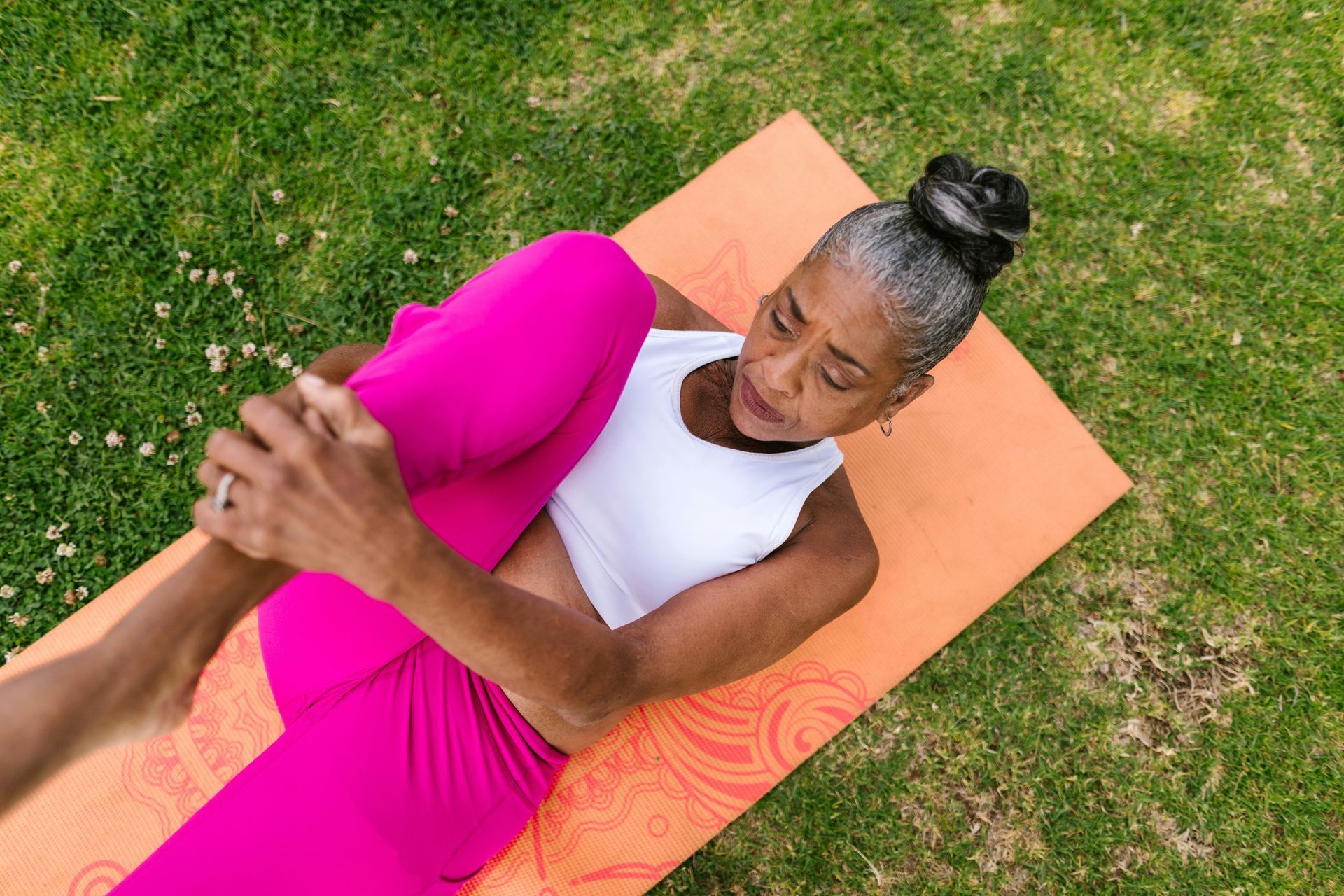September 2, 2025
When a loved one is facing Alzheimer’s, dementia, or other memory-related conditions, it can be overwhelming to figure out the best path forward. Fortunately, there’s hope and the right memory care community can make a world of difference, not just for safety and care, but for improving your loved one’s quality of life. A few months back I had the opportunity to visit Silverado Memory Care in Escondido, and I have to say, it left a lasting impression on me. This was not my first experience visiting a community that’s focused on memory care, but this one was very different. I was greeted by the community Ambassador, who has this incredibly warm personality that instantly puts you at ease. As he took me on a tour, he described the community as the residents’ home, and all of us— staff, family members, and visitors are just their guests. What a wonderful concept, right? It really shifted my perspective. For the first time, I was introduced to not just the staff, but also some of the residents. We stopped to chat with them, much like you would when visiting someone’s home. It felt natural, welcoming, and so personal. Silverado Memory Care in Escondido is part of a legacy that started back in 1996, created by Loreen Shook and Stephen Winner . They wrote a book about their vision called “New Possibilities in Memory Care”. The heart of their approach is to focus on brain activity. By engaging residents in activities, they truly love, they help them regain the desire to live. The warmth and dedication I saw there really stood out, and I believe it could make a real difference in helping someone thrive. Memory care communities like Silverado are designed specifically for individuals with memory loss, such as Alzheimer’s or dementia. They offer a secure environment, specialized programs, and staff trained to meet the unique needs of residents. These communities are structured to ensure safety while providing routines and activities that help enhance memory and maintain independence as much as possible. One thing that really stands out in great memory care communities is the focus on giving residents a sense of purpose. In “New Possibilities in Memory Care”, the founders explain how important it is to find that “something” that gives each resident a reason to get up each day. Whether it’s being involved in activities, checking up on the animals, or simply feeling at home, having a purpose can greatly improve their well-being. In San Diego , memory care tends to be more costly than traditional assisted living because of the specialized care and services offered. There are about 90 memory care communities, and 22 of them are designed for purely memory care. You can expect costs to range from about $4,000 to $10,000 per month , depending on the level of care your loved one needs and the amenities the community provides. It’s a big decision, but one that offers peace of mind knowing your loved one is getting the care they need. Memory care is ideal for seniors who have cognitive impairments and need more supervision than what assisted living communities typically provide. These communities offer structured routines, memory-enhancing activities, and safety measures that are designed to help residents thrive. They give families confidence that their loved ones are not just safe but are in a place where they can continue to live with dignity and purpose. If you’re exploring options for memory care, know that the right community can help your loved one improve their abilities, their memory, and even their overall outlook on life. It’s a decision that can truly make a difference. Author: Kinga Wulczynska-Lauer Disclaimer: Retirement In Reverse is a mortgage company dedicated to serving older adults, financial planners, and wealth managers with a strong focus on education and informed decision-making. While we strive to provide helpful information on a variety of topics, we are not experts in all areas. That’s why we collaborate with a trusted network of professionals—including attorneys, tax advisors, and financial planners—to help connect you with the right expert based on your individual needs. The information provided in this article is for educational and illustrative purposes only. Before making any financial, legal, or lifestyle changes, we strongly recommend consulting with a qualified professional who can review your personal situation. If you are considering Reverse Mortgage, call Ted Lange at 760-753-1568 to learn more.














